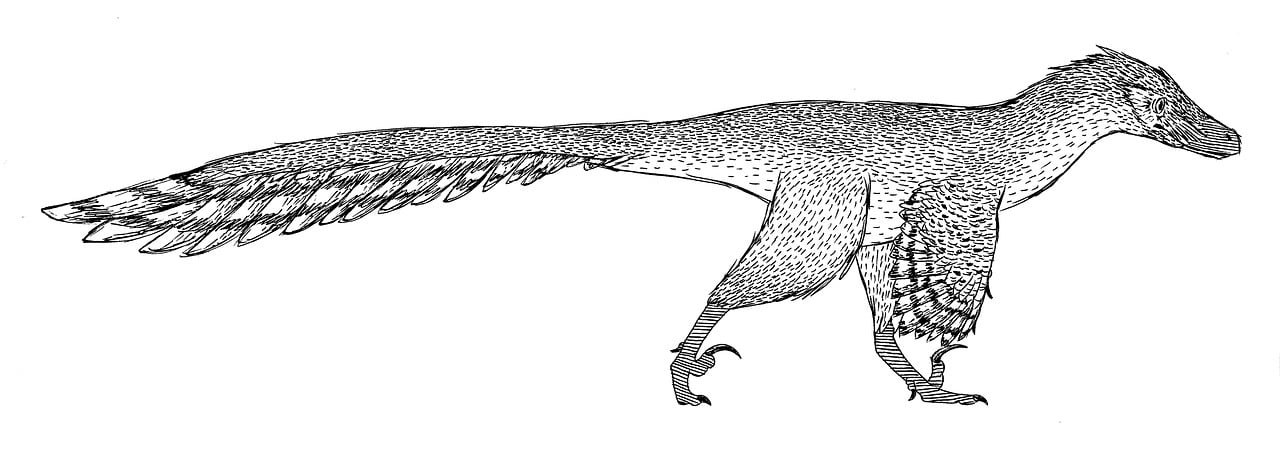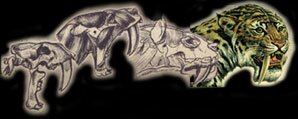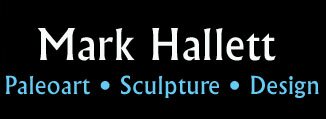Paleoart, the artistic recreation of prehistoric life based on scientific evidence, stands at the fascinating intersection of art and science. This unique field brings extinct creatures and ancient landscapes to life, allowing us to visualize worlds long past. From museum exhibits to scientific publications and popular media, paleoart plays a crucial role in shaping our understanding of prehistoric life.
As both a scientific discipline and an art form, paleoart requires a delicate balance of creativity and scientific accuracy. Artists must not only possess exceptional artistic skills but also a deep understanding of paleontology, anatomy, and ecology. This article delves into the techniques and methodologies employed by paleoartists to create compelling and scientifically informed depictions of prehistoric life. While paleoartists can't "do my math hw for me," they do perform complex calculations and analyses to ensure their reconstructions are as accurate as possible.

The Foundation: Scientific Research and Collaboration
At the heart of paleoart lies rigorous scientific research. Before putting pencil to paper or stylus to tablet, paleoartists must immerse themselves in the latest paleontological findings. This process involves:
-
Studying fossil evidence: Examining fossilized bones, teeth, and occasional soft tissue impressions provides the primary basis for reconstructing extinct animals.
-
Analyzing scientific literature: Keeping up with current research papers and academic publications ensures that artists incorporate the most up-to-date scientific knowledge.
-
Collaborating with paleontologists: Many paleoartists work closely with scientists to ensure accuracy in their depictions. This collaboration often involves iterative feedback and revisions.
-
Comparative anatomy: Studying modern animals, especially those closely related to extinct species, helps artists understand anatomical structures and make informed inferences about soft tissue and external appearances.
-
Environmental research: Understanding ancient ecosystems, climates, and plant life is crucial for creating accurate prehistoric landscapes.
This scientific foundation is essential for creating paleoart that goes beyond mere speculation and truly reflects our best understanding of prehistoric life.
Techniques and Tools of the Trade
Paleoartists employ a wide range of techniques and tools to bring their visions to life. While traditional media like oil paints and sculptures remain popular, digital tools have revolutionized the field in recent years. Some common techniques include:
-
Skeletal reconstructions: Artists often begin by creating accurate skeletal drawings based on fossil evidence. These serve as the foundation for fleshing out the creature.
-
Muscle studies: Building upon the skeleton, artists add musculature layers informed by fossil evidence and comparative anatomy.
-
Skin and external features: The final layer involves adding skin, scales, feathers, or fur as appropriate for the species being depicted.
-
Digital painting and 3D modeling: Many modern paleoartists use digital tools to create highly detailed and easily revisable artwork. 3D modeling software allows for the creation of lifelike sculptures and animations.
-
Traditional painting and sculpture: Some artists prefer traditional media for their tactile qualities and ability to create unique textures.
-
Scientific illustration: Academic publications often use Detailed, technical illustrations to highlight specific anatomical features or fossil specimens.
One notable figure in the field is Mark Hallett paleoart, renowned for his meticulous attention to detail and scientific accuracy. Hallett's work exemplifies the high standards of modern paleoart, combining rigorous research with artistic excellence.
Challenges and Controversies in Paleoart
Despite its foundation in scientific evidence, paleoart often involves a degree of speculation and artistic interpretation. This can lead to challenges and controversies within the field:
-
Soft tissue reconstruction: With only bones to work from in most cases, artists must make educated guesses about muscle structure, skin texture, and coloration.
-
Behavioral depictions: Illustrating extinct animals engaged in specific behaviors requires careful consideration of biomechanics and ecological context.
-
Updating old representations: As new evidence emerges, long-standing depictions of prehistoric life may need to be revised, sometimes dramatically.
-
Balancing accuracy and aesthetics: Artists must strike a balance between creating visually appealing artwork and adhering to scientific accuracy.
-
Representing uncertainty: Communicating areas of scientific uncertainty in visual form can be challenging but is important for maintaining integrity in paleoart.
These challenges highlight the dynamic nature of paleoart, where depictions evolve alongside our scientific understanding of prehistoric life.
Final Thoughts
Paleoart serves as a vital bridge between scientific discovery and public understanding. Visualizing extinct life forms and ancient ecosystems, it allows us to connect with Earth's distant past tangibly. The field continues to evolve, driven by advancements in both scientific knowledge and artistic techniques.
As we look to the future of paleoart, several trends emerge:
-
Increased use of technology: Virtual and augmented reality may offer new ways to experience prehistoric environments.
-
Greater emphasis on ecological contexts: Depicting extinct species within their full environmental settings provides a more holistic view of prehistoric life.
-
Collaboration between artists and scientists: Closer partnerships between paleoartists and researchers are likely to yield even more accurate and insightful depictions.
-
Public engagement: Paleoart's role in education and outreach is expanding, making it an essential tool for inspiring interest in paleontology and natural history.
By combining scientific rigor with artistic creativity, paleoart will continue to shape our understanding and appreciation of life's ancient history. It reminds us that while we cannot directly observe the prehistoric world, we can use science and imagination to bring it vividly to life.
Additional Resources
For those interested in exploring paleoart further, several resources are available:
-
Books: Many paleoartists have published collections of their work, often accompanied by explanations of their techniques and the science behind their illustrations.
-
Museums: Natural history museums frequently exhibit paleoart, offering a chance to see high-quality reconstructions up close.
-
Online communities: Websites and social media groups dedicated to paleoart provide platforms for artists to share their work and discuss techniques.
-
Educational websites: Some blogs, like United Art and Education, offer valuable information related to scientific illustration and paleoart techniques.
-
Scientific journals: Publications such as "Nature" and "Science" often feature paleoart accompanying new fossil discoveries.
-
Documentaries: Many nature documentaries incorporate paleoart and CGI to bring prehistoric worlds to life, offering insights into creating these visualizations.



![]()
